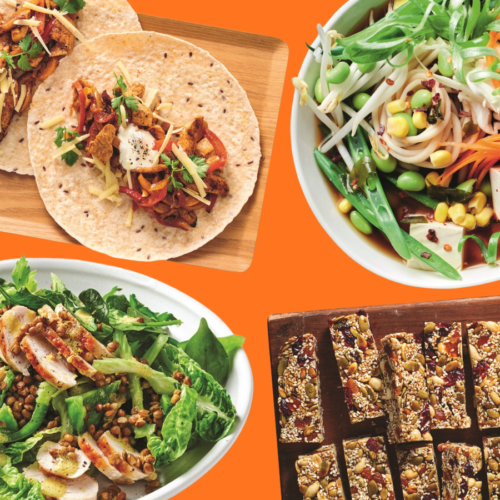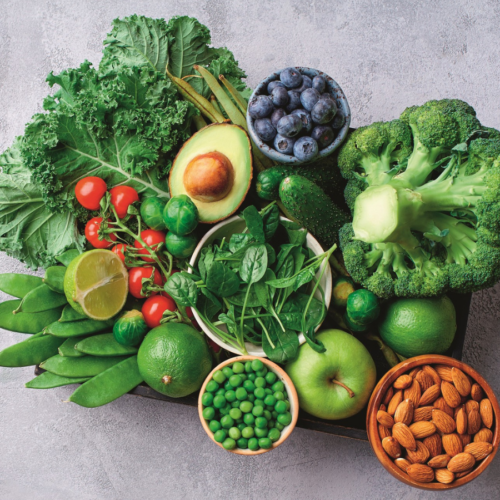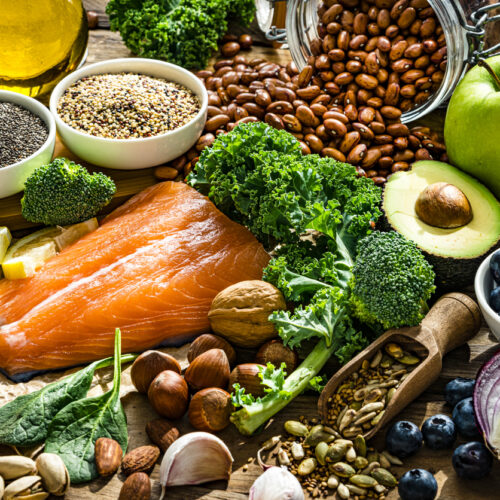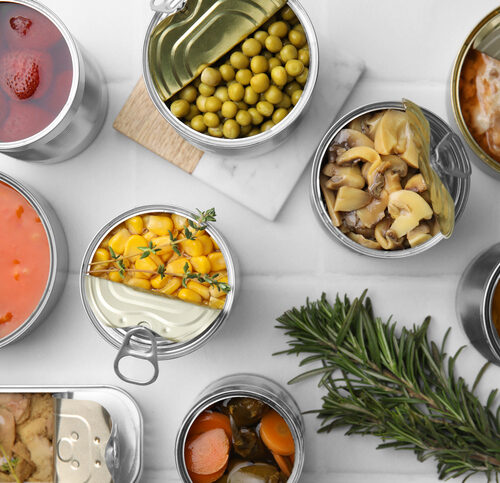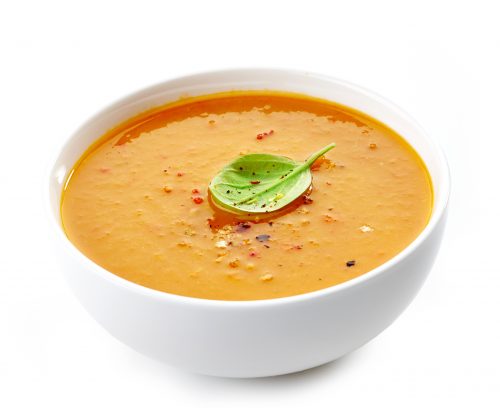
Nutritionist Rose Carr gives us advice on how to select a healthier soup.
Satisfying soup
Soups are a super-convenient food any time of the day, and most are packed with nutrients. It's easy to get one to two serves of vegetables in soup, and for those not so keen on vegetables, puréed vegetable soups can be a welcome alternative.
We've selected mainly vegetable-based soups, including soups with legumes, such as lentils or beans, for high-fibre.
We all know soups are satisfying, and scientists agree. While we think of winter as a time for eating higher-energy foods, winter is also soup-time. Studies have found regularly consuming soup can reduce energy intake, increase satiety and promote weight-loss.
The soups we've chosen happen to be less than 600kJ per serve, so they make a good snack. Choose a heartier soup teamed with grainy bread for a satisfying light meal.
What are the choices?
Judging by the selection in our supermarket, we must be soup-lovers – which can only be good.
We can buy fresh soup in the chiller, liquid shelf-stable soup in cans, cartons and microwaveable pottles, and dehydrated soups.
The chilled soups aren't too far removed from homemade soups, but they're also the most expensive and not as convenient to take to work. Unfortunately, these soups tend not to have fibre listed on their nutrition information panels so we can't choose on that basis. Just remember: more legumes, more vegetables and whole grains mean more fibre. The shelf-stable liquid soups don't always have that homemade soup 'texture', but the ones we tried were tasty, and great as a lunch or snack. And we are pleased to report that artificial and high-salt flavour found in sachet soups from times past has long gone.
Fat and sodium
Most soups (such as vegetable soups) are low in fat as the main ingredients tend to have little fat. Watch out for 'butter chicken' soups, soups described as 'creamy', or Asian-style soups with coconut milk. These varieties have the potential to be high in saturated fat. But check the nutrition information first – they may be fine.
One issue to be aware of is the amount of sodium we can get in our diets when we use a lot of packaged foods. Salt (sodium chloride) is used in food processing as it enhances flavour and texture, and acts as a preservative. Salt levels in different versions of the same foods can vary greatly, so it's often worth comparing products. This is especially important for people with high blood pressure.
www.healthyfood.com


